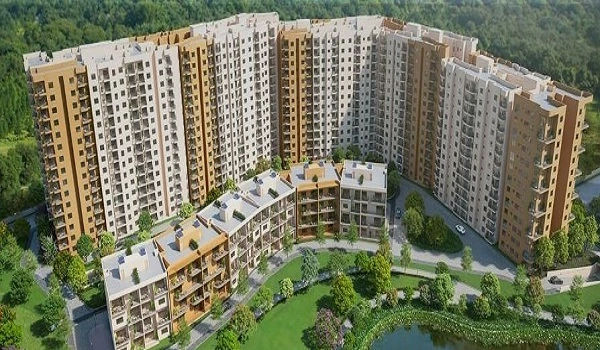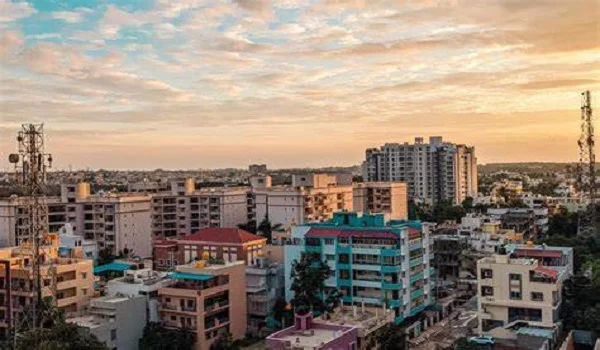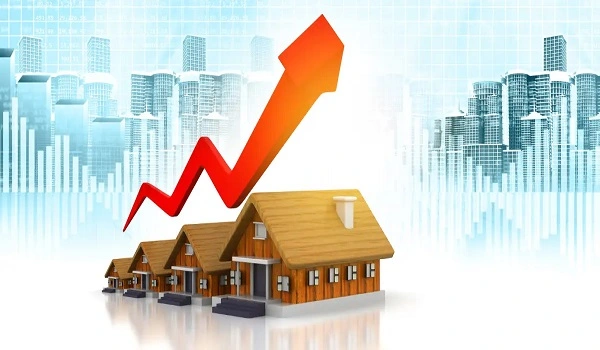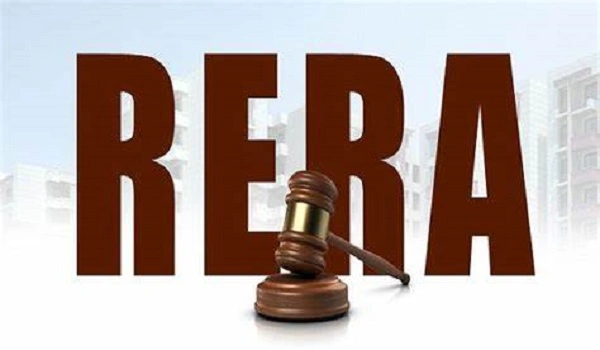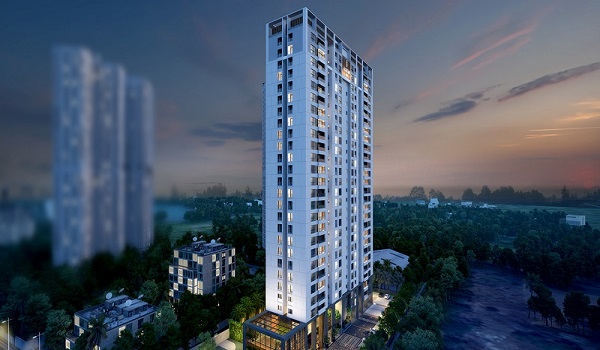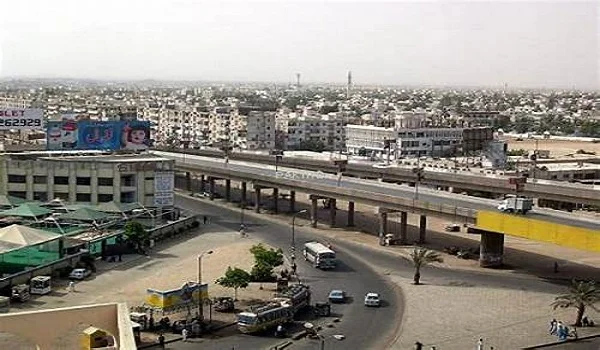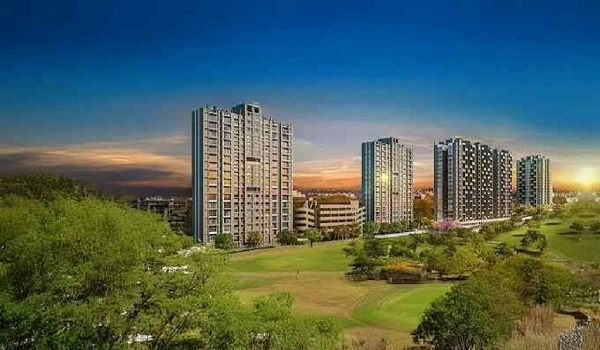How to Finance a New Apartment in Bangalore: A Simple 2025 Guide

Buying a home in Bangalore is exciting—but it's not cheap. With property prices rising and interest rates still higher than during the pandemic, smart financial planning matters more than ever. This guide will walk you through the basics of getting a home loan, what banks check before approving it, and how to improve your chances—whether you're looking at a luxury flat like Birla Evara or a mid-range apartment in Whitefield or Sarjapur Road.
Bangalore continues to be one of the top cities for real estate in India. Prices have gone up steadily, especially in areas like North Bangalore, Sarjapur Road, and Whitefield. Even if you're earning well, buying a flat without a loan is tough for most people.
In 2025, interest rates are more stable than the past two years—but they're still not as low as during the pandemic. So if you're planning to buy a home, you need to choose the right loan, keep your paperwork ready, and make sure you qualify.
A home loan is money borrowed from a bank or housing company to buy or build a house. You pay this money back every month with some interest. Most banks cover about 75% to 90% of your apartment's price.
- Purchase loan: For buying ready-to-move or under-construction flats.
- Construction loan: If you're building a house on your own land.
- Plot loan: If you're only buying land.
- Home improvement loan: To renovate or add rooms.
- Balance transfer: If you already have a loan but want to switch banks for a lower interest rate.
Let's break down what a home loan includes:
- Loan amount (Principal): The amount you borrow.
- Interest rate: What the bank charges you. Floating rates are more popular in 2025. PSU banks start at around 8.3%, and private banks at 8.5%.
- EMI: Your monthly installment. Depends on how much you borrow and for how long.
- Loan tenure: How long you take to repay—usually 15 to 30 years.
- Down payment: The part you pay upfront. For high-value homes, you might need to pay 20% to 25%.
- LTV (Loan-to-Value): If your home costs ₹50 lakh, and the bank offers 80% LTV, they'll lend ₹40 lakh and you pay ₹10 lakh.
Banks want to make sure you can repay the loan. Here's what they check:
- Try to keep it 750 or more. A good score means better chances and lower interest rates.
- To improve: Pay your bills on time, use less than 30% of your credit card limit, and avoid too many loans.
- Salaried people need to earn at least ₹25,000–₹35,000/month.
- Self-employed buyers need to show 2–3 years of income through tax returns and balance sheets.
- Salaried people should have 2–3 years of total work experience.
- Self-employed must show stable business income for at least 3 years.
- Banks usually want your EMIs and existing loans to be less than 50–60% of your take-home salary.
The home should be RERA-registered, legally approved by BBMP or BDA, and free from legal issues. Projects like Birla Evara already meet these conditions, which makes loan approval easier.
Make sure you have the following papers ready:
- Aadhaar, PAN card, Passport, or Voter ID
- Electricity/water bill or rental agreement (if address is different)
- Salaried: 3–6 months' salary slips, Form 16, bank statements
- Self-employed: 2–3 years' ITR, balance sheet, business account statements
- Sale agreement, builder's NOC, RERA number, title deed, approved layout plan
- Passport-size photos
- Cheque for processing fees
- Compare lenders: Visit websites or use platforms like BankBazaar or Paisabazaar.
- Check eligibility: Use a loan calculator or speak with a bank rep.
- Pre-approval: Some lenders give a letter saying how much loan you can get. It helps while looking for homes.
- Document submission: Submit all your papers.
- Verification: Bank checks your credit, income, and the property's legal status.
- Sanction letter: Bank confirms how much loan you'll get, with terms.
- Disbursement: Bank gives money to the builder in one go or in stages if it's under construction.
- Check and fix your credit score 2–3 months before applying.
- Pay a higher down payment if you can. Smaller loan = lower EMI.
- Compare banks, even if you have a good relation with your main one.
- Negotiate: Many banks reduce interest rates or waive processing fees if you ask.
- Go for floating rates: Most are cheaper than fixed in 2025.
- Make small pre-payments: If you get bonuses or extra income, use it to lower your balance. This can save years and lakhs.
- Take a joint loan: Adding your spouse or parent increases your eligibility and gives tax benefits.
- Stamp duty: 3% (for homes up to ₹45 lakh), 5% for costlier homes
- Registration fee: 1%
- Extra charges: Urban homes have a 10% cess and 2% surcharge
Always choose a RERA-approved project to avoid delays or legal risks. For example, Birla Evara is RERA registered and has tie-ups with top banks for smoother loan processing.
Apartments in Bangalore, especially gated communities, have monthly charges for lifts, security, garbage collection, clubhouse, etc. These are usually ₹2 to ₹6 per sq. ft.
- Set EMI on auto-debit to avoid penalties.
- Keep loan statements safely for tax filing.
- Review your loan every few years. If interest rates fall, transfer your loan to a cheaper bank.
- Consider home loan insurance: In case something happens to you, your family won't be burdened with EMIs.
Getting a loan to buy a flat in Bangalore is not hard—but it needs planning. Don't rush. Understand your budget, know your rights, and ask questions. Choose a well-approved project like Birla Evara, where banks already have all the documents they need.
When you plan it right, your dream home doesn't have to come with financial stress.
| Enquiry |
